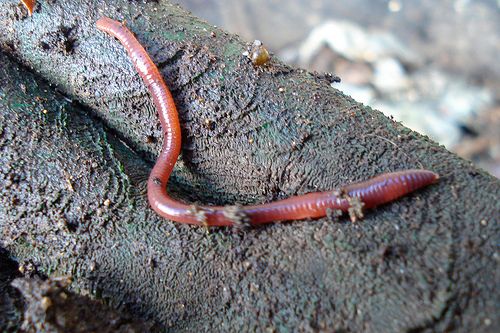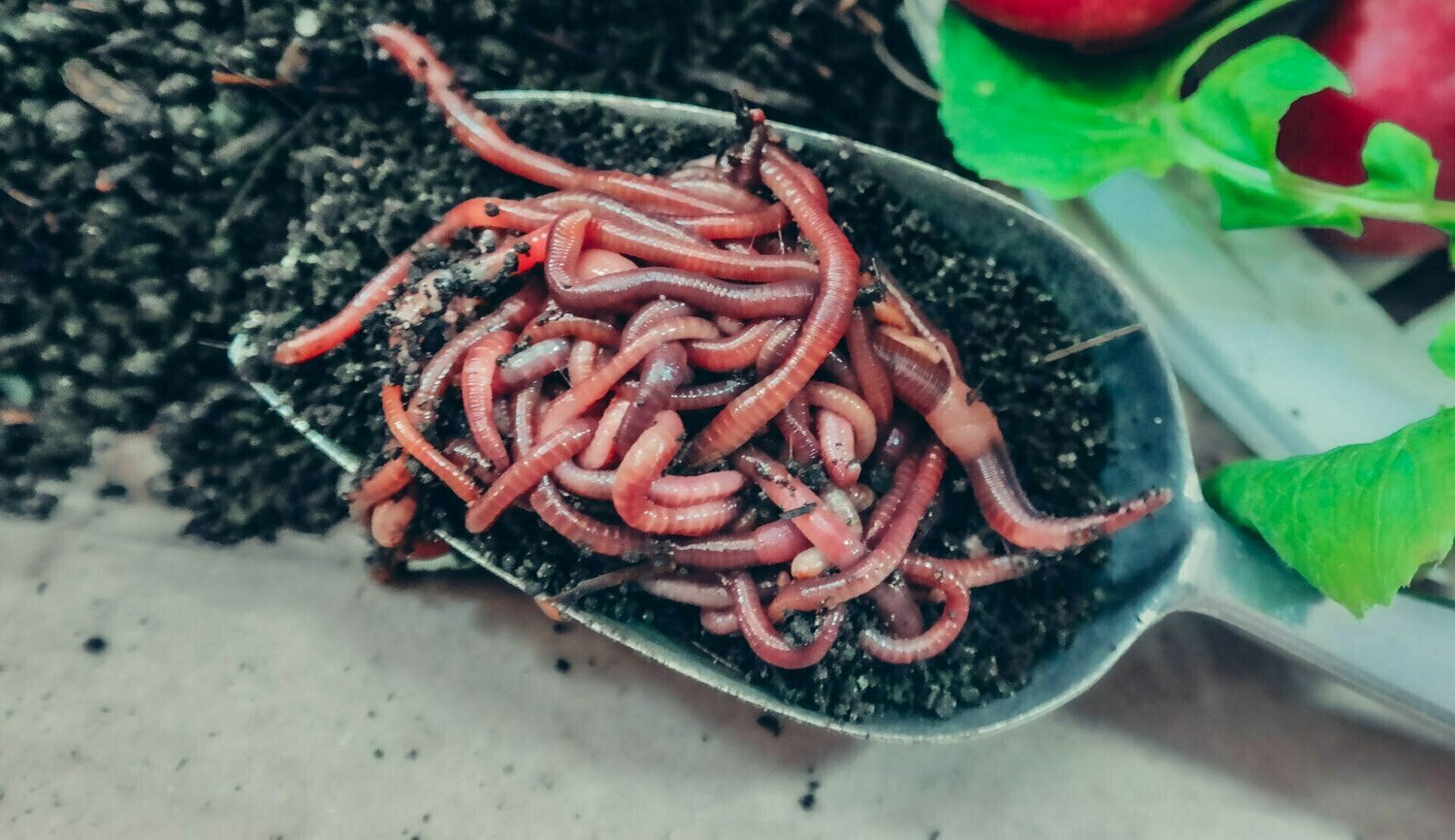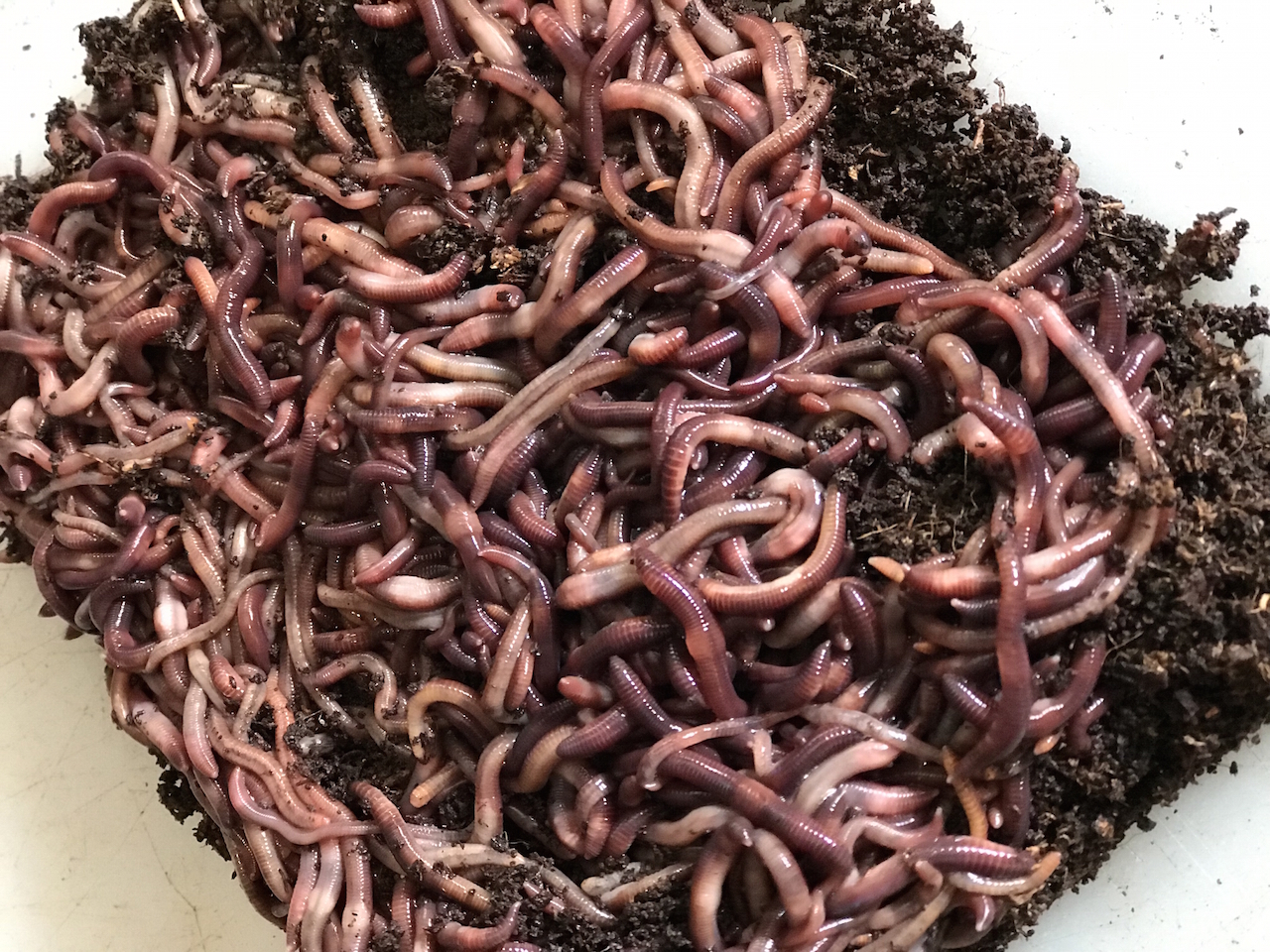Maximizing the Conveniences of Red Wiggler Worms: A Comprehensive Handbook for Home Gardeners and Urban Farmers
In the realm of lasting gardening techniques, red wiggler worms stand as unrecognized heroes, silently transforming natural waste into nutrient-rich spreadings that can work marvels for soil health. As home gardeners and metropolitan farmers increasingly look for economical and ecologically pleasant ways to improve their gardens, the prospective advantages of utilizing the power of red wigglers can not be overstated. From minimizing kitchen area waste to growing healthier plants, the application of these humble creatures provides a huge selection of benefits. By checking out the details of how to successfully care for and take full advantage of the benefits of red wiggler worms, individuals can unlock a wide range of possibilities for improving the sustainability and efficiency of their horticulture ventures.
Comprehending Red Wiggler Worms
Red Wiggler worms, renowned for their effective composting capacities, are a types of earthworms widely used in vermiculture methods. These worms, scientifically called Eisenia fetida, grow in decaying natural material, making them excellent prospects for composting (Red Wiggler Worms). Red Wigglers are voracious eaters, qualified of eating their very own weight in organic waste daily. Their digestive system process breaks down organic matter into nutrient-rich spreadings, which are a beneficial source for enriching soil and promoting plant growth.
One secret feature of Red Wiggler worms is their reproductive price. These hermaphroditic animals have both female and male reproductive body organs, permitting them to reproduce swiftly under favorable problems. A fully grown Red Wiggler can create several children in a short duration, ensuring a stable populace within a composting system.

Establishing a Worm Container
When establishing a worm bin for vermiculture objectives, proper preparation and attention to detail are necessary for developing a helpful setting for Red Wiggler worms. Begin by picking an ideal container for your worm container. This can be a plastic or wooden container with a lid to maintain moisture degrees and secure the worms from light. Make sure that the bin has drainage holes at the base to stop waterlogging.

Place the worm bin in an amazing, dark area far from straight sunlight and extreme temperature levels. Consistently keep track of the wetness levels, adding water if the bed linen feels completely dry or half-cracked. Feed the worms a well balanced diet regimen of vegetables and fruit scraps, avoiding citrus fruits, onions, and spicy foods. By following these steps, you can establish a thriving worm container that will successfully refine natural waste right into nutrient-rich vermicompost for your yard.
Feeding and Maintaining Worms
Ensuring a healthy and balanced diet plan is crucial for the health and wellness and productivity of Red Wiggler worms in a vermiculture system. Red Wigglers are voracious eaters, efficient in consuming their very own body weight in natural matter daily. To keep a growing worm populace, it is vital to supply them with a selection of food scraps such as vegetables and fruit peels, coffee grounds, tea bags, and crushed eggshells. It is crucial to avoid feeding them citrus fruits, onions, garlic, milk products, meat, and oily foods as these can get redirected here be dangerous to the worms or create undesirable odors in the container.
Correct moisture levels are additionally vital for the health of Red Wiggler worms. The bed linens ought to seem like a damp sponge, supplying adequate moisture for the worms to breathe with their skin. Frequently inspect the dampness levels and adjust by including water or completely dry bed linens material as needed. Furthermore, keeping proper temperature problems in between 55-77 ° F(13-25 ° C )will certainly ensure optimal worm activity and reproduction. By carefully checking their diet regimen, dampness, and ecological conditions, home gardeners and metropolitan farmers can maintain a healthy and balanced and efficient Red Wiggler worm populace for composting objectives.
Harvesting Worm Spreadings
To successfully remove nutrient-rich worm castings from the vermicompost, a systematic harvesting procedure is crucial for making best use of the composting advantages. Red Wiggler Worms. The very first step in harvesting worm spreadings is to encourage the worms to move away of the bin. This can be accomplished by placing fresh food scraps on one side and leaving the opposite side uninterrupted for a few days. Once the majority of worms have dodged with fresh food, the castings can be collected from the contrary side.
After the spreadings have been collected, it is essential to separate any type of remaining worms from the spreadings to avoid harming them throughout storage or application. One reliable method is to develop cone-shaped stacks of castings under brilliant light. Worms will instinctively move far from the light, permitting very easy separation and removal.
Last but not least, the gathered worm spreadings ought to be kept in a cool, dark, and dry location to keep their high quality and performance as a nutrient-rich dirt change. By complying with these actions, home gardeners and urban farmers can take full advantage of the advantages of red wiggler worms in their vermicomposting systems.
Utilizing Worm Castings in Gardening
The consolidation of nutrient-rich worm spreadings into yard dirt can significantly enhance plant growth and general dirt wellness. Worm castings, additionally referred to as vermicast, are a natural fertilizer created by red wiggler worms as they damage down raw material. These spreadings are abundant in crucial nutrients like nitrogen, phosphorus, potassium, and valuable microbes that click for info promote plant growth and improve soil structure.
When utilizing worm castings in horticulture, it is necessary to blend them extensively right into the dirt or utilize them as a leading clothing around plants. The slow-release nature of worm castings guarantees a constant supply of nutrients to plants over time, decreasing the risk of nutrient leaching and promoting long-term dirt fertility. Additionally, worm spreadings aid boost dirt aeration, water retention, and microbial task, creating a healthy setting for plant origins to prosper.

Verdict
Finally, the application of red wiggler worms in home horticulture and urban farming can dramatically benefit soil health and wellness and plant development. By understanding exactly how to establish up and keep a worm bin, feed the worms appropriately, and gather their nutrient-rich spreadings, garden enthusiasts can make best use of the advantages of these earthworms. Integrating worm spreadings right into horticulture techniques can boost dirt fertility and total plant performance. Overall, red wiggler worms offer a sustainable and effective service for improving garden and farm yields.
In the world of sustainable gardening practices, red wiggler worms stand Look At This as unsung heroes, silently changing organic waste into nutrient-rich spreadings that can work wonders for dirt health and wellness.When developing a worm container for vermiculture functions, proper prep work and interest to detail are important for creating a helpful atmosphere for Red Wiggler worms. The very first step in collecting worm spreadings is to encourage the worms to move to one side of the bin. Worm spreadings, likewise known as vermicast, are an all-natural plant food generated by red wiggler worms as they break down organic matter. By understanding just how to set up and keep a worm bin, feed the worms effectively, and gather their nutrient-rich spreadings, gardeners can make the most of the advantages of these earthworms.
Comments on “Red Wiggler Worms - Perfect for Vermicomposting and Soil Enrichment”